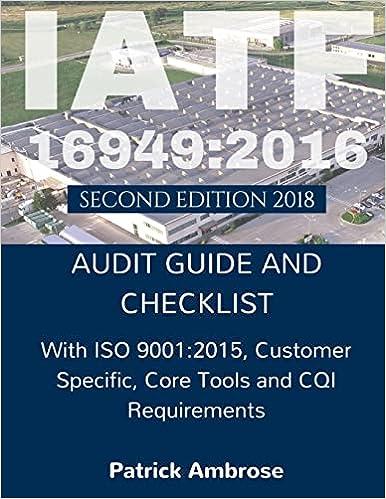26. A contract is written with delivery FOB Ship Miami. The seller's truck pulls up on the dock. While the goods are being loaded on the ship, 55% of the goods safely load the water. Who owns/pays for the goods? nto the ship, and 45% fall into a. The seller owns 100 % because he did not deliver the full contract quantity on board the ship b. The buyer owns and pays for the 55%that is on board the ship C. The buyer pays for 100% d. The buyer pays for nothing 27. A Brazilian company will be paid 200,000 Japanese yen in four months. The company does not want to be exposed to Japanese yen currency fluctuation. If the company buys some (any) product they need, and promises to pay 200,000 Japanese yen in exactly four months, the company is engaging in a. Adjusting invoice policy to reduce transaction exposure b. Utilizing transfer pricing c. Matrixed currency fluctuation d. None of the above Aseler builds a turkey manufacturing facility, trains the workforceAND agrees manufactured production for the next 5 years. This is an example of 28, to buy 20% of the a. Counterpurchase b. Clearing agreement c. Buyback agreement d. Offset purchase 29. When comparing different distribution systems, it is critical to a. Minimize costs b. Minimize transfer pricing costs c. Minimize total distribution costs, including spoilage and product quality d. Minimize transfer pricing, including spoilage and product quality in each cost center, including spoilage and product quality 30. Distribution centers and warehouses are often located in a. Free trade zones b. High transportation cost areas e. Both A and B d. None of the above 31. The cost of transporting goods, as a percentage of the product selling price, is an important consideration of distribution. The cost of transporting sand or gravel (expressed as a percentage of the product selling price), as opposed to pharmaceuticals and electronics, is a. About the same for both b. Much greater for sand and gravel c. Much greater for pharmaceuticals and electronics d. Determined by the sogo shasha for sand and gravel in Asia, or the keiretsu for pharmaceuticals and electronics e. Both A and D This type of exporting is also referred to as piggybacking or mother henning. Manufacturer's export agents Buying offices c. Cooperative exporting d. Complementary export agents e. None of the above a. b







